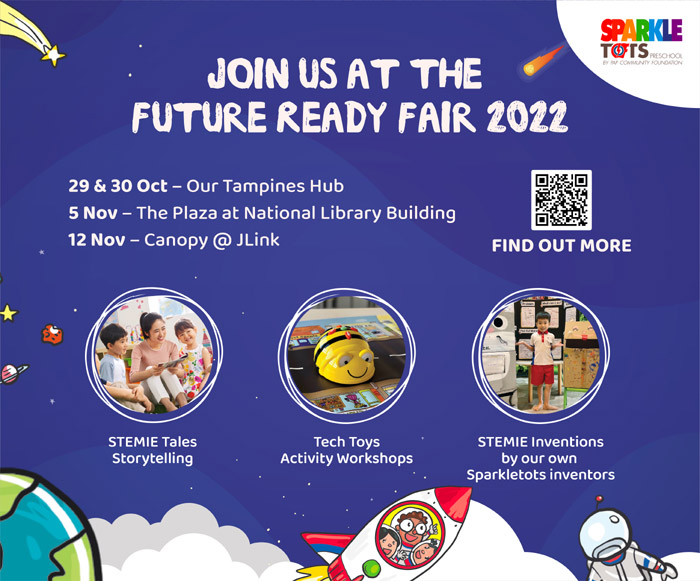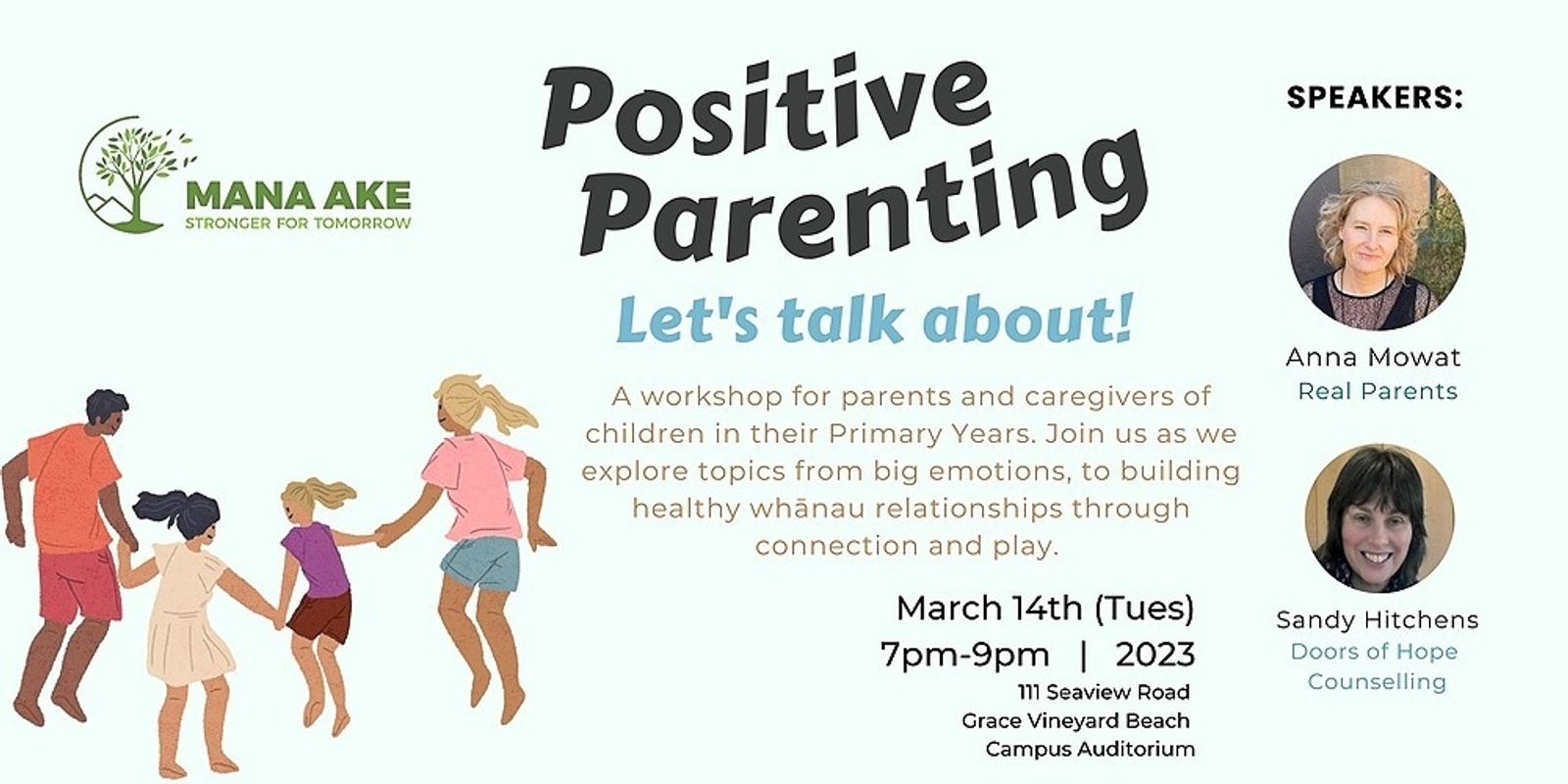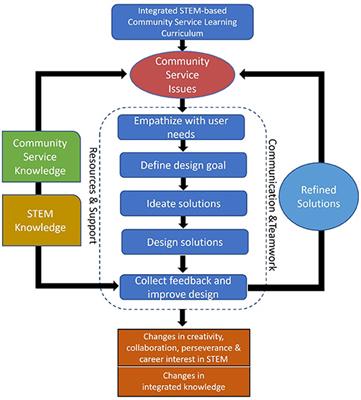Building Positive Behavior Discipline Tips for Teachers
In the realm of education, cultivating positive behavior is a cornerstone of effective teaching. Here are some practical tips and strategies to help teachers build a positive and conducive learning environment through discipline.
Understanding Behavior as Communication
Behavior is often a way for students to communicate their needs, emotions, and frustrations. As educators, it’s important to approach behavior with empathy and understanding. Instead of reacting immediately to negative behavior, take a moment to consider what the behavior might be signaling. This mindset shift can guide teachers in responding to behavior in a more constructive and supportive manner.
Establish Clear Expectations and Rules
Setting clear expectations and rules from the beginning of the school year lays the foundation for positive behavior. Involve students in the process by discussing and co-creating classroom rules. Ensure that the rules are simple, easy to understand, and positively framed. When students know what is expected of them, they are more likely to meet those expectations.
Consistency Is Key
Consistency in enforcing rules and consequences is essential for effective discipline. Be consistent in applying consequences for both positive and negative behavior. This consistency helps students understand the correlation between their actions and the resulting outcomes. It also creates a sense of fairness and predictability in the classroom environment.
Use Positive Reinforcement
Positive reinforcement is a powerful tool for encouraging and reinforcing positive behavior. Acknowledge and praise students when they exhibit behaviors that align with classroom expectations. This can be as simple as verbal praise, a high-five, or a positive note home. Celebrating small victories and achievements helps build a positive classroom culture where students feel valued and recognized for their efforts.
Implement Behavior Charts or Point Systems
Behavior charts or point systems can be effective tools for tracking and rewarding positive behavior. Create a visual chart where students can earn points or stickers for demonstrating desired behaviors. Set achievable goals and provide rewards when students reach these milestones. This system not only motivates students to strive for positive behavior but also allows for ongoing feedback and monitoring.
Teach Self-Regulation and Coping Skills
Empower students with the skills they need to regulate their emotions and cope with challenging situations. Integrate lessons on mindfulness, deep breathing exercises, and problem-solving techniques into your curriculum. Model these strategies yourself and provide opportunities for students to practice them. When students have effective coping skills, they are better equipped to manage their emotions and behaviors.
Establish Positive Relationships
Building positive relationships with students is a cornerstone of effective discipline. Take the time to get to know each student as an individual, showing genuine interest and care. Foster a supportive and trusting relationship where students feel comfortable expressing themselves and seeking guidance. When students feel connected to their teacher, they are more likely to exhibit positive behavior.
Use Restorative Practices
Restorative practices focus on repairing harm and restoring relationships when conflicts arise. Instead of punitive measures, such as detention or suspension, restorative practices involve dialogue, reflection, and accountability. Hold restorative circles where students can














